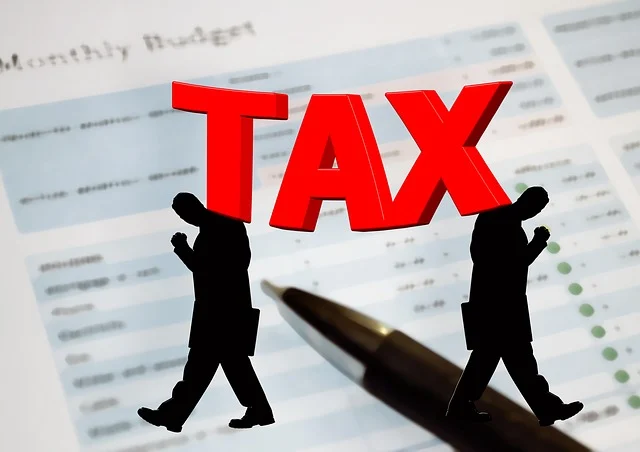Pension System: Retirement Savings in the Netherlands

The Netherlands is renowned for having one of the best pension systems in the world, consistently ranking high in global pension indexes. The Dutch pension system is designed to provide financial security for retirees through a combination of state, occupational, and private pensions. In this guide, we’ll explore the three-pillar pension system in the Netherlands, how it works, and what you need to know to plan for a comfortable retirement.
The Three-Pillar Pension System
The Dutch pension system is based on a three-pillar model, which ensures a comprehensive approach to retirement savings. Each pillar plays a distinct role in providing financial security for retirees.
1. First Pillar: State Pension (AOW)
- What It Is: The state pension, or Algemene Ouderdomswet (AOW), provides a basic income to cover essential living expenses for retirees.
- Eligibility:
- All residents who have lived or worked in the Netherlands are entitled to the AOW pension.
- The pension age is gradually increasing and is currently set at 67 years (as of 2023).
- Contributions:
- Funded through payroll taxes, with both employees and employers contributing.
- Self-employed individuals also contribute through their income tax.
- Benefits:
- The amount you receive depends on your years of residency in the Netherlands.
- As of 2023, the maximum monthly pension is approximately €1,387 for singles and €948 for each partner in a couple.
2. Second Pillar: Occupational Pension
- What It Is: Employer-sponsored pension schemes that supplement the state pension.
- Eligibility:
- Most employees in the Netherlands are automatically enrolled in an occupational pension plan.
- Participation is mandatory for certain industries and professions.
- Contributions:
- Both employees and employers contribute to the plan, with rates varying depending on the employer and industry.
- Contributions are typically a percentage of the employee’s salary.
- Benefits:
- The pension amount depends on your salary, years of service, and the performance of the pension fund.
- Occupational pensions often provide a defined benefit, ensuring a predictable income in retirement.
3. Third Pillar: Private Pension
- What It Is: Voluntary private savings and investments to supplement the state and occupational pensions.
- Options:
- Annuities: Regular payments from an insurance company.
- Savings Accounts: Tax-advantaged accounts for retirement savings.
- Investments: Stocks, bonds, and other investment vehicles.
- Benefits:
- Provides additional financial security and flexibility in retirement planning.
- Contributions to certain private pension products (e.g., Pillar 3a) are tax-deductible, up to an annual limit.
Key Features of the Dutch Pension System
1. High Coverage Rate
- The Dutch pension system covers a large proportion of the workforce, with over 90% of employees participating in occupational pension schemes.
2. Strong Regulation
- Pension funds are strictly regulated to ensure financial stability and protect the interests of participants.
- The Dutch Central Bank (DNB) and the Authority for the Financial Markets (AFM) oversee the pension system.
3. Collective Nature
- Occupational pensions are often collective, meaning that risks and returns are shared among participants.
- This collective approach helps to stabilize pension payouts and reduce individual risk.
4. Flexibility and Choice
- The third pillar offers flexibility, allowing individuals to tailor their retirement savings to their specific needs and goals.
- Various investment options and tax advantages are available for private pension savings.
Planning for Retirement in the Netherlands
1. Start Early
- The earlier you start saving for retirement, the more time your investments have to grow.
- Take advantage of employer-sponsored pension plans and tax-advantaged private savings options.
2. Understand Your Pension Rights
- Regularly review your pension statements to understand your expected benefits from the state, occupational, and private pensions.
- Keep track of your AOW entitlement, which depends on your years of residency in the Netherlands.
3. Seek Professional Advice
- Consider consulting a financial advisor to develop a comprehensive retirement plan.
- A professional can help you navigate the complexities of the pension system and optimize your savings strategy.
4. Stay Informed
- Keep up-to-date with changes in pension laws and regulations, as these can impact your retirement savings.
- The Dutch government periodically reviews and adjusts the pension system to ensure its sustainability.
Special Considerations for Expatriates
1. 30% Ruling
- Expatriates who qualify for the 30% ruling can benefit from a tax-free allowance, which can be used to boost retirement savings.
2. International Pension Transfers
- If you have pension savings from another country, you may be able to transfer them to a Dutch pension scheme.
- Consult with a tax advisor to understand the implications and benefits of such transfers.
3. Non-Resident Tax Status
- Non-residents are only taxed on income derived from Dutch sources, which can impact your pension contributions and benefits.
- Ensure you understand your tax status and its implications for your retirement savings.




